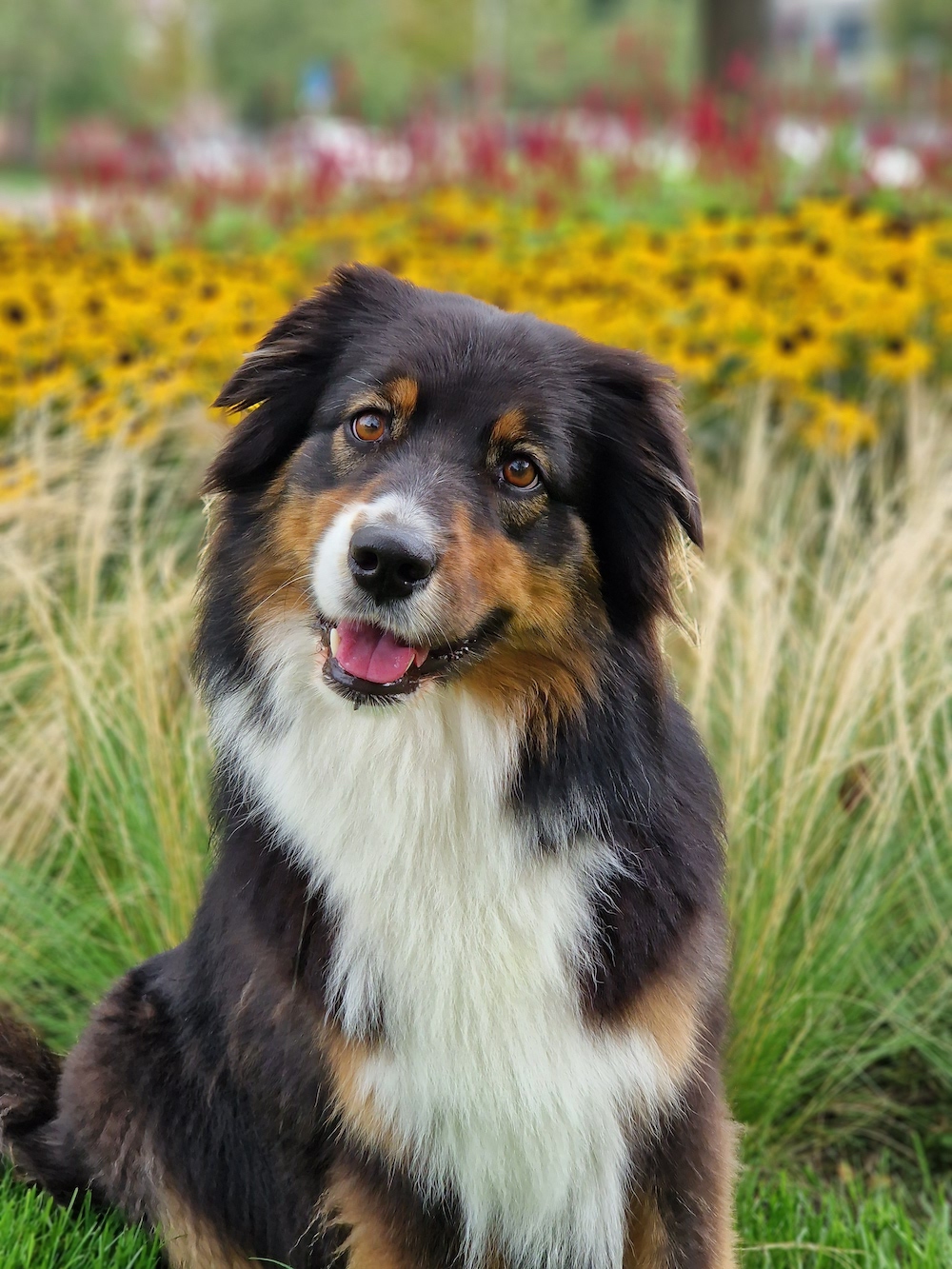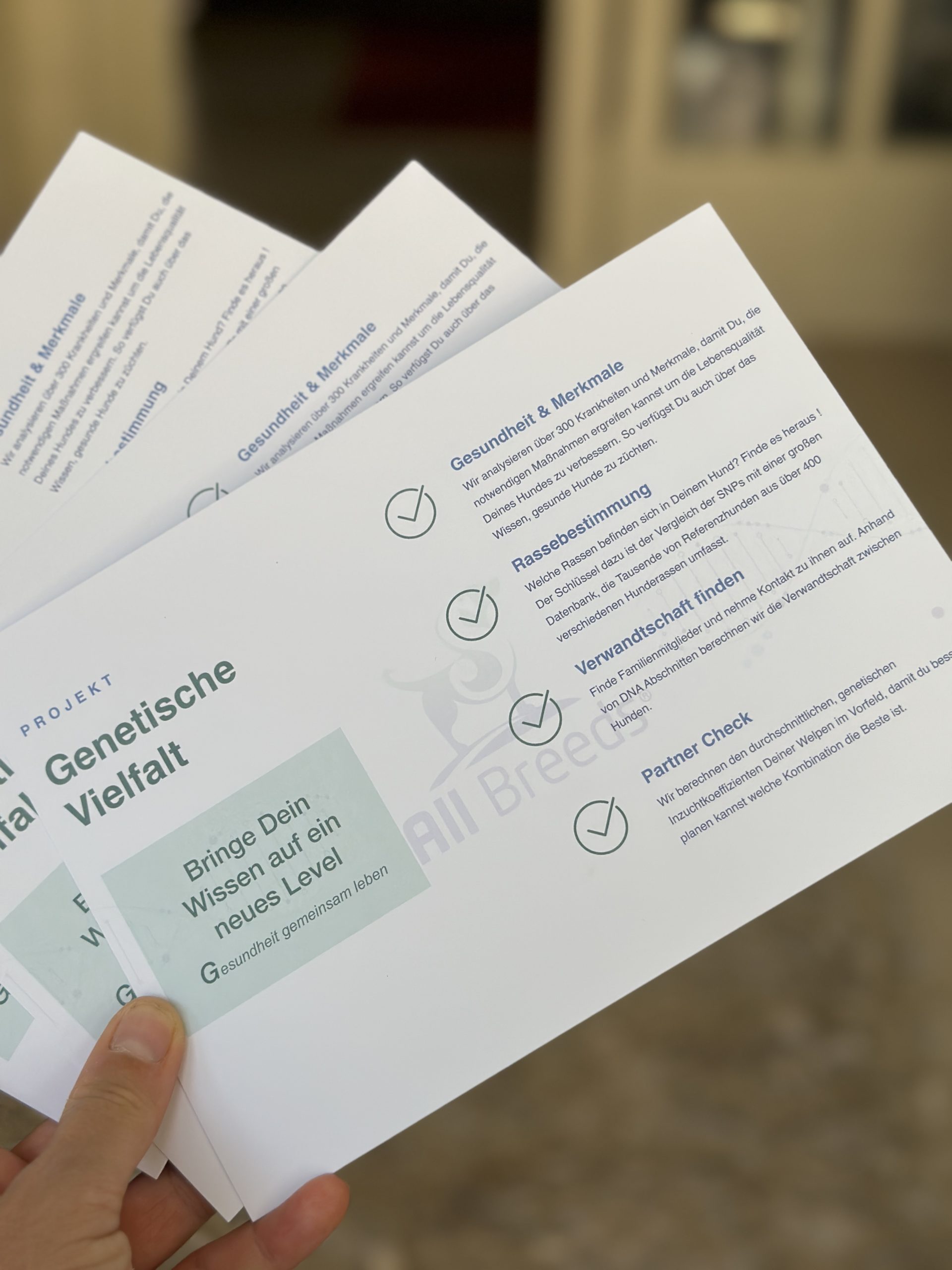In view of the current situation.
Genetic diversity in dogs refers to the breadth of genetic differences within a dog breed or between different breeds. It encompasses the genetic variation present in a dog’s genes and refers to the diversity of alleles within the genes, as well as the entirety of genetic characteristics existing within a population.
This genetic diversity is important as it can influence a breed’s resilience to diseases and environmental conditions. Greater genetic diversity within a breed can contribute to overall health and reduce susceptibility to hereditary diseases or genetically related disorders.
Inbreeding can reduce genetic diversity by increasing the likelihood of dogs inheriting similar genes from both parents. This can lead to genetic problems as recessive disease genes can become amplified.
Genetic diversity in specific areas of DNA refers to the variations or differences within specific segments of an organism’s genetic material, such as DNA. DNA comprises different sections called genes, which contain instructions for an organism’s development, function, and characteristics.
Genetic diversity in these areas can occur in various ways:
Allelic Diversity: Within a gene, multiple variants or forms known as alleles can exist. These alleles may have slight differences in DNA sequences and influence various traits or expressions of the same gene.
Mutations: Mutations are random changes in DNA that can create new alleles. These genetic changes can be caused by various factors such as radiation, chemical influences, or errors during DNA replication. Mutations contribute to genetic diversity by creating new genetic variations.
Recombination: During reproduction, chromosomes from the parental generation mix and rearrange, leading to genetic diversity. This process, known as recombination, contributes to the creation of new allele combinations that increase genetic diversity within a population.
Genetic diversity in specific areas of DNA is crucial as it can influence a population’s adaptability to changing environmental conditions. A greater diversity of alleles allows a population to better respond to environmental changes, diseases, or other stress factors because it is more likely that some individuals possess the genetic makeup that grants them better survival capabilities.
Regarding dogs, genetic diversity in specific areas of DNA can influence health, behavior, and other traits. Genetic variation contributes to specific characteristics among different breeds and can also affect susceptibility to certain diseases or genetic conditions. An appropriate level of genetic diversity is essential to maintain the health and versatility of dog populations.
Allowing dogs with specific traits, not permitted according to breed standards, for breeding purposes.
On an analysis chip used for complete genome sequencing, such as the one used by Ridgeback International, over 700,000 allele combinations are analyzed. Besides testing for diseases and color traits, all alleles also contribute to the calculation of genetic diversity.
The Ridge gene sequence includes approximately 100 allele combinations.
Available allele combinations with our analysis chip: over 700,000.
On average, 8-12 puppies are born per litter, of which, in most cases, only one dog is used for breeding. The others don’t get a chance to pass on their genes.
If ridgeless dogs are allowed for breeding, I’m influencing only a tiny part of the whole, just as much as if I had allowed another dog from the litter for breeding.
In this era of modern tools that calculate the diversity of the entire population for every born puppy, simultaneously presenting the expected genetic coefficient of inbreeding with potential partners and providing a genetic kinship that shows the current influence of the dog on the entire population, it’s incomprehensible to me why these possibilities aren’t utilized.
To me, it’s utterly amateurish when rules in breeding programs are established without any reasonable, well-thought-out background.
Author: Stephanie Müller.


